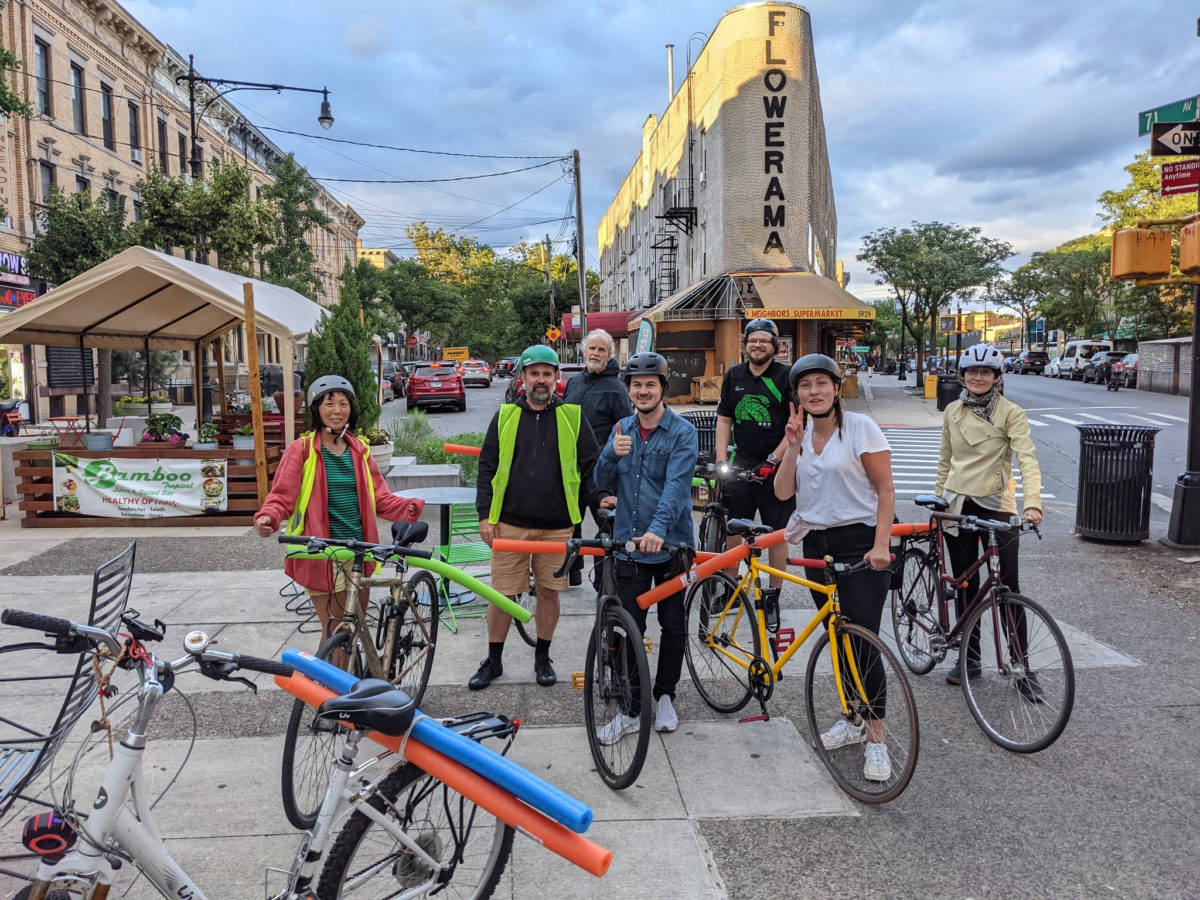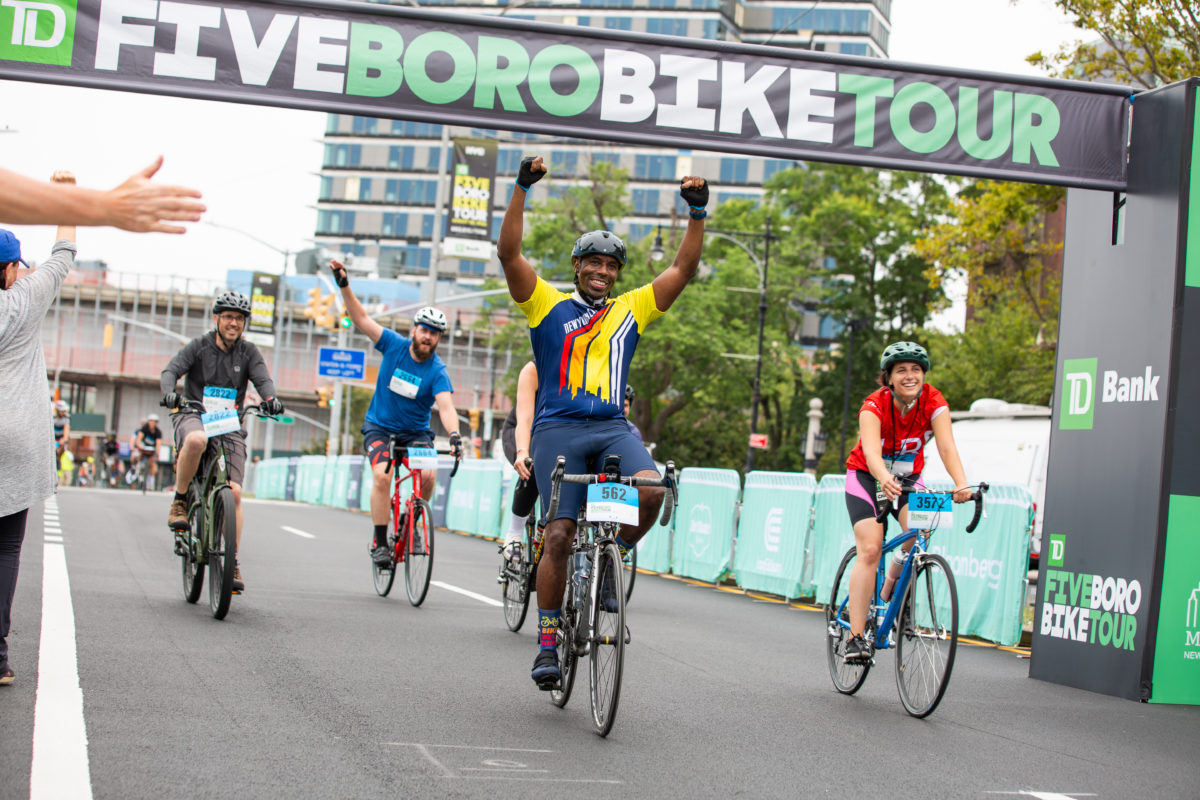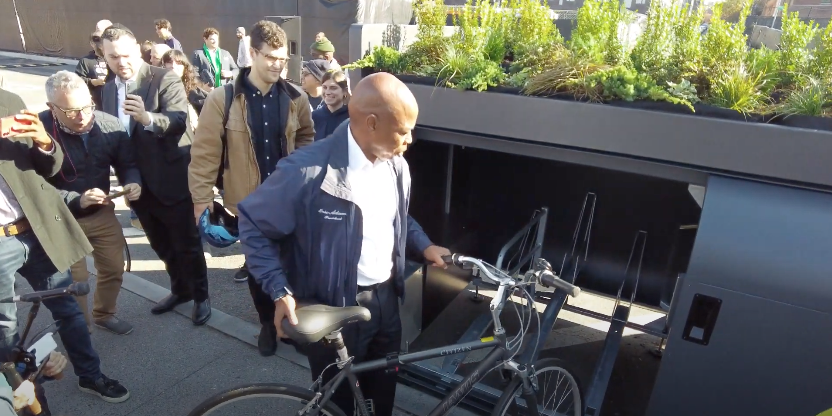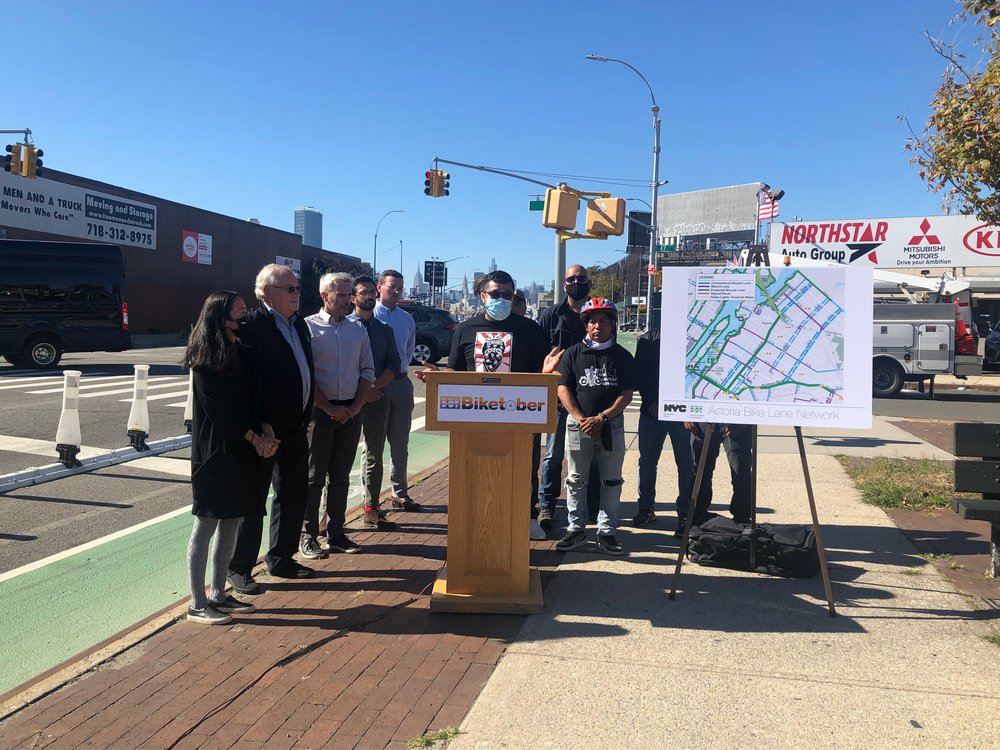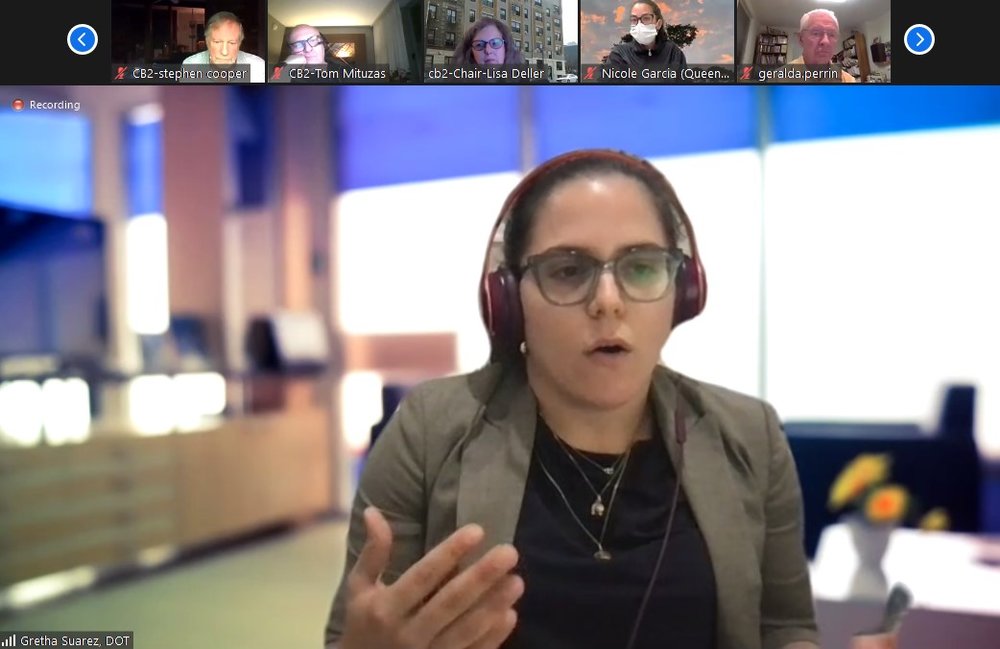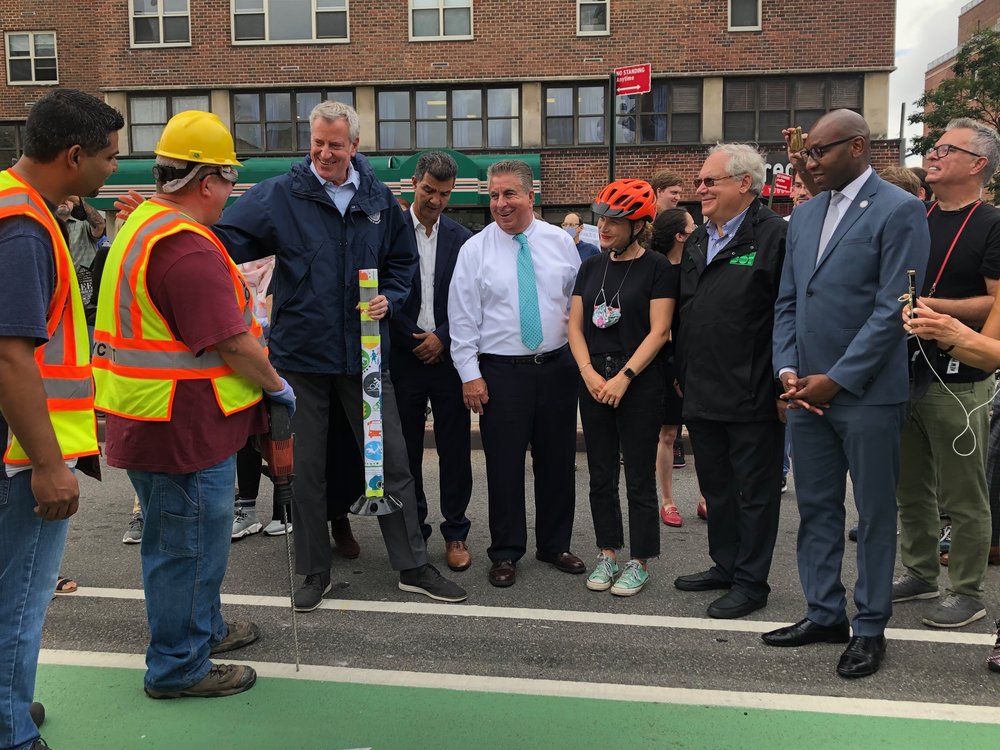Ridgewood locals form bike collective
Ridgewood Rides to focus on community rides, activism
Last week, concerned Ridgewood cyclists gathered at Grover Cleveland Park to voice their safety concerns and ideas for improved bike infrastructure in the community.
By the end of the meet-up, a new biking group, “Ridgewood Rides,” was formed—which will focus on hosting group bike rides, spreading awareness about bike safety, and advocating for protected bike lanes.
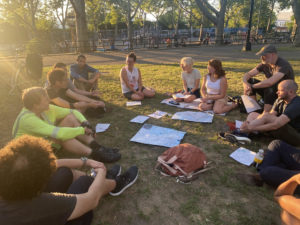 Rachel Albetski, an urban planner, resident of Ridgewood, and former chair of North Brooklyn Transportation Alternatives Activist Committee, organized the meet-up in the park, encouraging neighbors to join and talk about the most troublesome areas for cyclists in the area.
Rachel Albetski, an urban planner, resident of Ridgewood, and former chair of North Brooklyn Transportation Alternatives Activist Committee, organized the meet-up in the park, encouraging neighbors to join and talk about the most troublesome areas for cyclists in the area.
“I think the intention is that we want to continue doing community building through these weekly community rides that would just be open for anyone,” Albetski said.
“We go around and bike, but then another contingent would be more going towards the advocacy route, actually starting to really push the electeds, the DOT, and the community board to come and do a comprehensive neighborhood traffic study and improve the bicycle network.”
Several attendees brought up the concern for bikers on Metropolitan Avenue, due to the fact that the bike lane is simply painted and not protected, as well as other bustling streets such as Fresh Pond Road.
“The infrastructure is not there. Metropolitan is really bumpy. I think one of the biggest pet peeves that I have for biking in Ridgewood is that cars are really aggressive on these streets—even though we have a lot of one way pairs,” Bree Mobley, a Ridgewood resident said at the meet-up.
“We’ve also had a ton of construction on Himrod and Harman…and the access to the Ridgewood Reservoir is shady in certain parts, and it just doesn’t feel that great,” she continued. “It’d be great to expand the network and then make those connections better.”
Juan Ardila, who won the Democratic Primary election for Assembly District 37, also attended the meeting to show support for the group’s efforts.
“The biggest pet peeve about Maspeth is that we are absolutely aggressive with cars. There are no bike lanes; it just does not exist there,” Ardila said.
“So trying to see what we can do to bring some of that good energy down to Maspeth, see what we could do to expand it in Ridgewood as well to make it safe and accessible for people who do want to bike,” he continued. “I want to bike a lot more than what I currently do, so having these protected bike lanes and pedestrian safety is a big issue that needs to be addressed.”
 Albetski said that throughout her career as an urban planner, she’s advocated for street safety for many years, and feels that the biking community has a great opportunity to achieve their goals now.
Albetski said that throughout her career as an urban planner, she’s advocated for street safety for many years, and feels that the biking community has a great opportunity to achieve their goals now.
“If people are up for it, I think we kind of have a really great opportunity now to take energy and translate that into really advocating for what we want to see for change,” she said. “And now we have Juan [Ardila] which is awesome, because we have someone who can support our goals on a broader level. I’m just super excited that we have this momentum.”
Ridgewood Rides plans on petitioning, bringing those signatures to Community Board 5, and asking that they request the DOT to do a comprehensive study of the area’s streets to ensure that cyclists’ needs are being met.
But another main component of the group’s mission is to hold community bike rides throughout local neighborhoods.
This was inspired by Mollie Lauffer, also known as “Ridgefood” on social media, who first organized a pool noodle bike ride in Ridgewood during May.
“The significance of the noodle is that it prevents people from getting too close, because drivers do what they call a ‘close pass’ and want to get around you,” Lauffer said.
“It shows them that they can’t just get right on top of us and they have to give us space,” she continued. “You getting around in your car is not more important than me getting somewhere on my bike.”
Ridgewood Rides will hold their next group bike ride in and around Ridgewood on Thursday, July 14.
Its total distance is 10.2 miles with an average speed of 10-12 mph, and will make stops at Juniper Valley Park, Ollie’s Ice Cream Shop, and Fresh Pond Cocktail Club.
With opposing views in mind, the group discussed that having protected bike lanes would benefit everyone on the street, not just cyclists.
“It’s less about an individual bike lane and more just about creating an overall feeling of safety for everyone,” Albetski said.
“So from your 90-year-old grandma to your eight-year-old kid, we just want everyone to feel like they can come and ride a bike in the neighborhood,” she continued. “I think that would be best accomplished through a network design and fully integrating into the existing bike network that already exists.”



